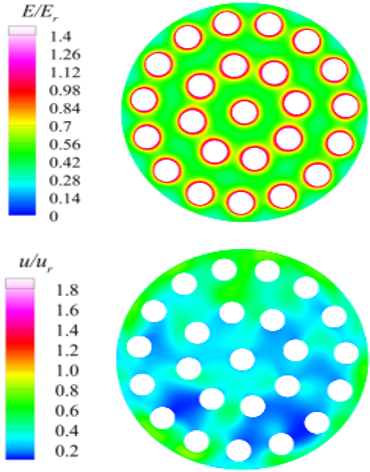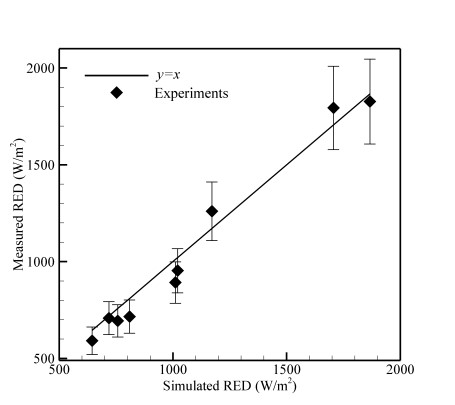Green Technologies for Marine, Offshore, Oil & Gas Engineering
Background / Motivation
The initial GHG strategy envisages, in particular, a reduction in carbon intensity of international shipping (to reduce CO2 emissions per transport work, as an average across international shipping, by at least 40% by 2030, pursuing efforts towards 70% by 2050, compared to 2008); and that total annual GHG emissions from international shipping should be reduced by at least 50% by 2050 compared to 2008. In 2018, IMO committed to reduce CO2 emission. The roadmap of decarbonisation effort is outlined below.

Driven by global commitment to sustainability and environmental protection, IHPC aims to build upon strategic partnerships with partners (Public Agencies, Research Institutes (RI), Institutes of Higher Learning (IHL) and Industry) to advance green technologies for Marine, Offshore, Oil & Gas (MOOG) sector.
The initial GHG strategy envisages, in particular, a reduction in carbon intensity of international shipping (to reduce CO2 emissions per transport work, as an average across international shipping, by at least 40% by 2030, pursuing efforts towards 70% by 2050, compared to 2008); and that total annual GHG emissions from international shipping should be reduced by at least 50% by 2050 compared to 2008. In 2018, IMO committed to reduce CO2 emission. The roadmap of decarbonisation effort is outlined below.

Driven by global commitment to sustainability and environmental protection, IHPC aims to build upon strategic partnerships with partners (Public Agencies, Research Institutes (RI), Institutes of Higher Learning (IHL) and Industry) to advance green technologies for Marine, Offshore, Oil & Gas (MOOG) sector.
Capabilities
IHPC’s MOOG Engineering focuses on:
Green Shipping
- Green Shipping: Ballast Water Treatment System, Scrubber Tower
- Innovative Offshore Structures Design: Energy Saving Device, Propeller Tip Vortex Persistence, Hull Form Optimisation, Shear Ram.
Clean Energy
- Clean: LNG Gas Solutions, Ammonia, Hydrogen
- Renewables: Tidal Turbine, Wave Energy Converter, Offshore Wind
Collaboration Opportunities
Leverage the span of technical expertise at IHPC for technology advancement to help your business move up the value chain.
We welcome interested party to collaborate in research and development relating to Green Technologies for Marine, Offshore, Oil & Gas (MOOG) Engineering. Please feel free to explore in the areas focused at IHPC’s MOOG Engineering or any new technology area related to Green Shipping and Clean Energy.
For more info or collaboration opportunities, please write to enquiry@ihpc.a-star.edu.sg.
Leverage the span of technical expertise at IHPC for technology advancement to help your business move up the value chain.
We welcome interested party to collaborate in research and development relating to Green Technologies for Marine, Offshore, Oil & Gas (MOOG) Engineering. Please feel free to explore in the areas focused at IHPC’s MOOG Engineering or any new technology area related to Green Shipping and Clean Energy.
For more info or collaboration opportunities, please write to enquiry@ihpc.a-star.edu.sg.
A*STAR celebrates International Women's Day

From groundbreaking discoveries to cutting-edge research, our researchers are empowering the next generation of female science, technology, engineering and mathematics (STEM) leaders.
Get inspired by our #WomeninSTEM
.png?sfvrsn=ff199933_15)


